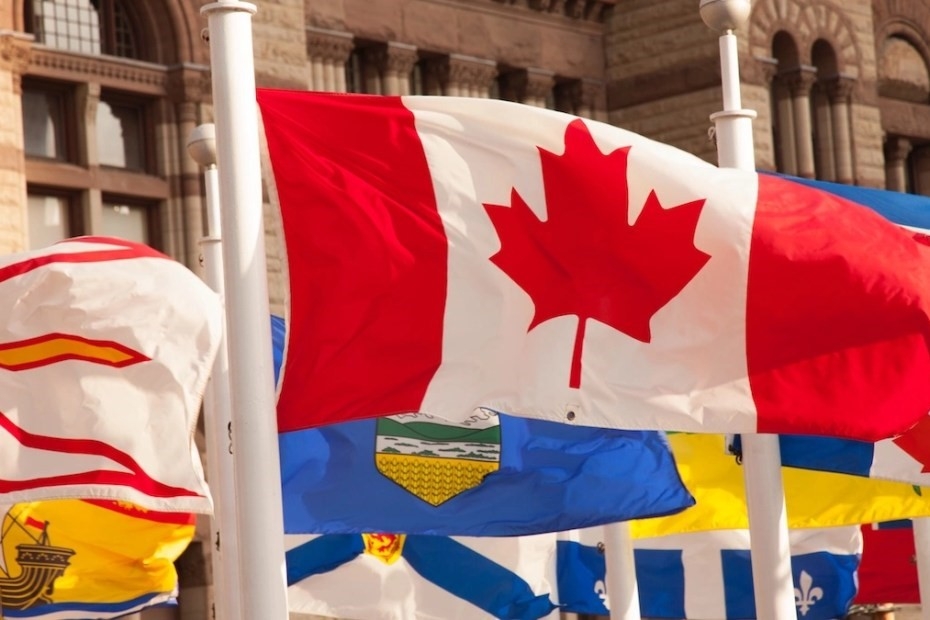Immigration, Refugees and Citizenship Canada (IRCC) has increased 2025 Provincial Nominee Program (PNP) allocations for Alberta, Saskatchewan, Newfoundland and Labrador, and New Brunswick, signalling targeted relief amid this year’s tighter permanent resident caps. The adjustments arrive after the federal 2025–2027 Immigration Levels Plan reduced permanent resident admissions to 395,000 and cut overall PNP allocations from 110,000 to 55,000, prompting capacity challenges in provinces facing acute labour shortages.
Federal backdrop
Canada’s decade-long expansion in immigration helped fuel economic growth and address demographic pressures. With housing and public services under strain, Ottawa pivoted to “measured growth,” including a cap on temporary residents and a requirement that 75% of PNP nominees have in-Canada experience. As 2025 progressed, negotiations between provinces and IRCC produced targeted top-ups rather than a wholesale reversal, aiming to align intake with regional labour needs.
Provincial top-ups at a glance
Alberta
- New allocation: 6,403 nominations in 2025 after an approved increase of 1,528, a recovery from earlier cuts to the Alberta Advantage Immigration Program (AAIP).
- Operational status: 3,749 nominations issued by mid-September; 1,126 spots remained with 1,768 applications pending.
- Labour focus: Construction, energy, rural healthcare, trades. Provincial planning ties housing delivery to intake objectives.
Saskatchewan
- New allocation: 4,761 nominations after a 1,136 increase to the Saskatchewan Immigrant Nominee Program (SINP).
- Allocation design: 25% to previously capped sectors (trucking, hospitality, food services, retail); 75% to priority areas including healthcare, agriculture, and skilled trades.
- Workforce context: Strong emphasis on candidates already in Canada to maintain retention and settlement success.
Newfoundland and Labrador
- New allocation: 2,025 PNP nominations following a 1,000 increase, paired with 500 Atlantic Immigration Program (AIP) spots (up from 475), for a combined 2,525 pathways.
- Priority streams: International Graduates and Skilled Workers supporting fisheries, offshore energy, and emerging green sectors.
New Brunswick
- New allocation: 3,000 PNP nominations after a 1,500 increase, plus 1,250 AIP allocations, bringing total newcomer intake via these routes to 4,250.
- Program focus: Express Entry and Critical Worker Pilot streams targeting IT, forestry, and healthcare; agreement elements include coordinated supports for asylum claimants.
Why these increases matter
The PNP is the primary lever for provinces to nominate candidates aligned with local labour needs. Targeted increases are intended to:
- Stabilize priority sectors (healthcare, construction, agriculture, trades, and regional tech clusters).
- Improve retention through the 75% in-Canada nominee requirement, which favours candidates already working and settled locally.
- Support regional population strategies outside Canada’s largest urban centres.
Will other provinces receive adjustments?
Ontario, British Columbia, and Manitoba—together accounting for over half of Canada’s population—have not received announced increases to date. Allocations for 2025 remain approximately 10,750 for Ontario, 4,000 for B.C., and 4,750 for Manitoba after earlier reductions. Observers are watching whether these provinces will seek or secure late-year adjustments similar to Alberta, Saskatchewan, Newfoundland and Labrador, and New Brunswick, especially where labour market data and retention outcomes support a case for additional capacity.
What to watch next
- Retention and outcomes: Provinces are tracking post-landing retention (often targeted around 85%) and wage growth for nominees as key success metrics.
- Program mix: Greater use of employer-driven pathways (AIP, provincial pilots) to match real vacancies, with oversight to maintain standards.
- Levels planning: Preliminary signals suggest permanent resident admissions stabilizing near 380,000 in 2026 with a modest PNP lift (e.g., 60,000), contingent on settlement capacity, housing progress, and labour market conditions.
- Operational alignment: Provinces will continue coordinating settlement, housing, and credential recognition to match intake with infrastructure and service availability.
Bottom line
IRCC’s mid-course PNP increases for four provinces mark a pragmatic adjustment within a tighter national framework. The targeted top-ups aim to meet essential labour needs while keeping intake aligned with settlement capacity. Further changes remain possible as provinces present data on retention, wages, and employer demand through the remainder of 2025.
This press release summarises reporting and analysis published by Immigration News Canada. For the full story, ongoing updates, and expert breakdowns of PNP allocations and federal levels planning, visit Immigration News Canada and subscribe to their newsletter to stay ahead of program changes across all provinces.
Media Contact
Company Name: Immigration news Canada
Contact Person: Kamal Deep Singh
Email: Send Email
Phone: 647-853-1717
Country: Canada
Website: https://immigrationnewscanada.ca

